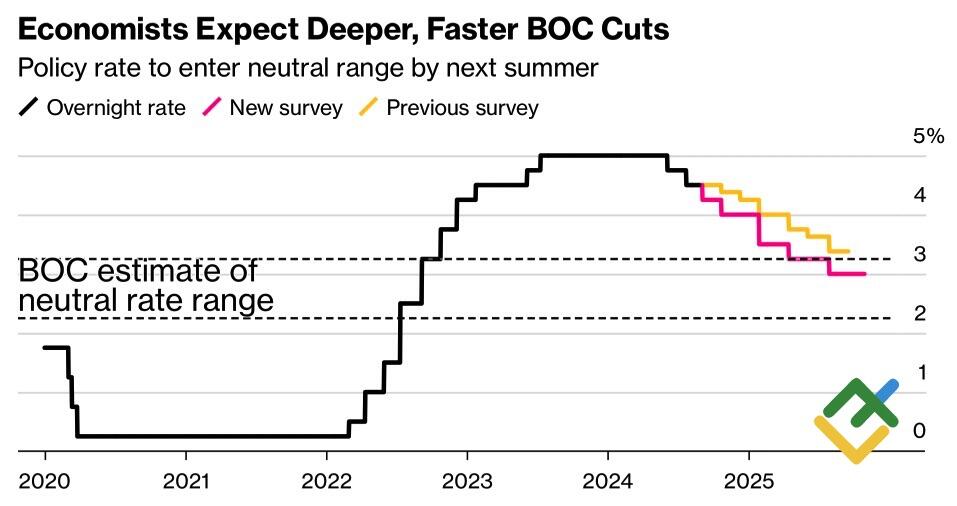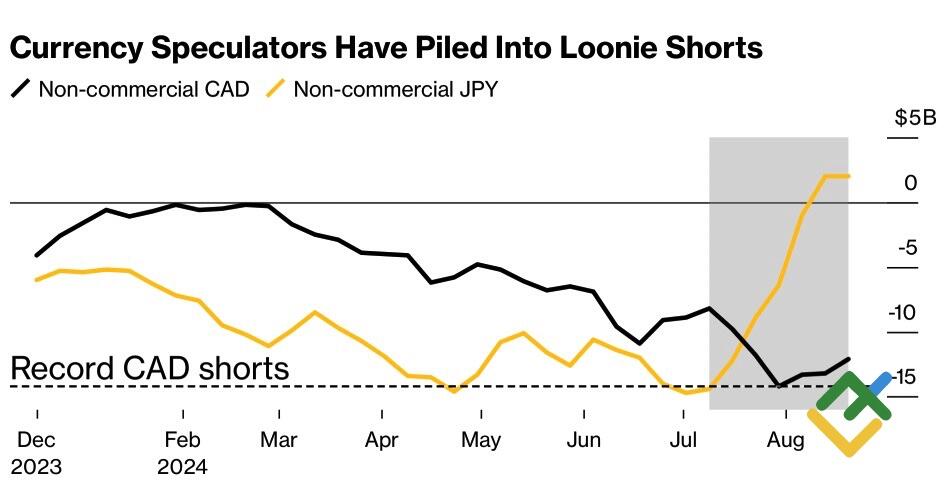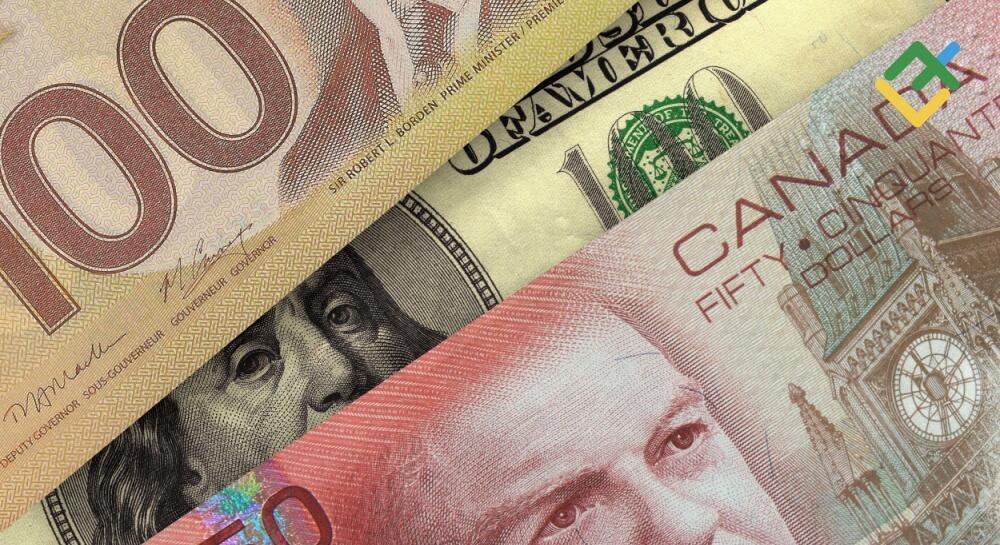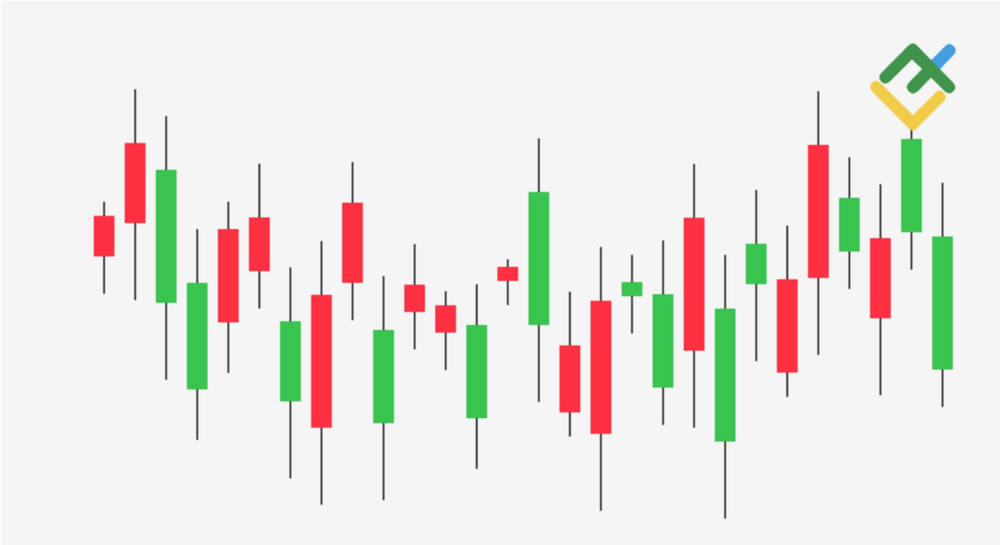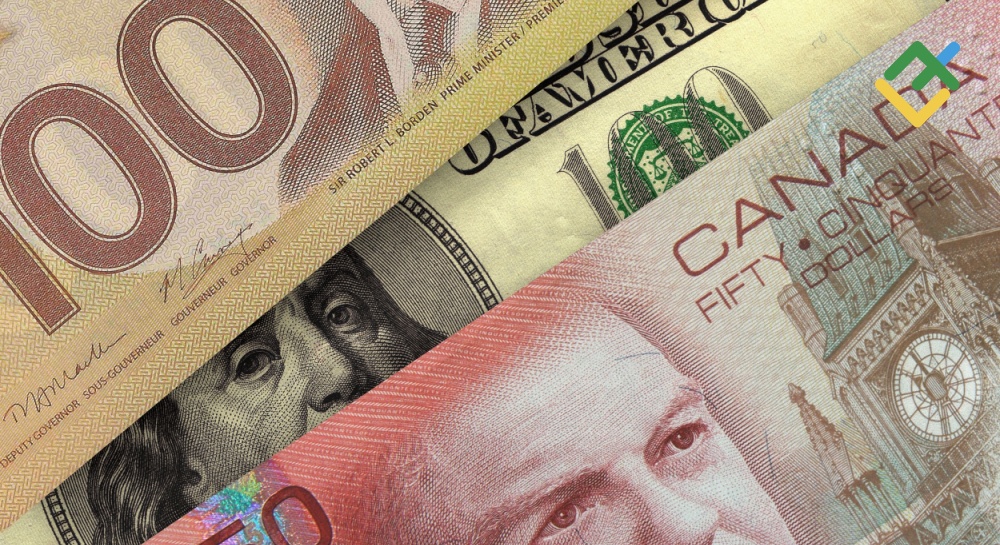
The Canadian economy is less robust than the US economy, the labor market is experiencing a more pronounced cooling, and the Bank of Canada has already reduced the overnight rate twice and is unlikely to cease its easing cycle at this stage. What is the reason for the decline in USDCAD quotes? Let’s discuss this topic and make a trading plan.
The article covers the following subjects:
Highlights and key points
- Oil prices or the Trump trade have nothing to do with the USDCAD decline.
- The BOC overnight rate is expected to fall to 3% by mid-2025.
- There is a rapid unwinding of speculative short positions on the loonie.
- The USDCAD pair needs a correction; growth above 1.3475 is a reason to buy it.
Weekly Canadian dollar fundamental forecast
The Canadian dollar represents the primary enigma on Forex in August. Over the past month, USDCAD quotes have declined by approximately 3%. This is despite the fact that the Canadian labor market is cooling at a faster rate than in the US, inflation is steadily declining, and the Bank of Canada is expected to pursue a more aggressive monetary expansion than the Fed. What factors have contributed to the Canadian dollar’s success?
After reaching the target near 1.395 on the USDCAD longs formed in July, the pair experienced a significant decline. Did rising oil prices amid increasing geopolitical risks in the Middle East or the retreat of the Trump trade become a game-changer? This could also be expectations of a 1.6% GDP expansion, which is more than the Bank of Canada’s projected 1.5% growth.
In terms of monetary policy, the loonie is outperformed by its US counterpart. Bloomberg experts predict that the cost of borrowing will fall from the current 4.5% to 3% by mid-2025 and to an average of 2.75% in 2026.
BOC overnight rate change and expectations
Source: Bloomberg.
The futures market expects the federal funds rate to reach 3.5% by the end of next year. This indicates that the Federal Reserve’s pace of monetary expansion will be slower than that of the Bank of Canada. In theory, this should result in an increase in USDCAD quotes.
There are several compelling reasons for the government of Canada to act promptly to ease monetary policy. The labor market is cooling, with employment declining for the second consecutive month and unemployment reaching 6.4%, the highest level since early 2022. Additionally, inflation is projected to decelerate to 2.5% in July, representing the lowest level since March 2021. There has been a deceleration in the growth of the US economy, which represents Canada’s primary trading partner. Furthermore, there is a high risk of increased trade duties should Donald Trump win the election. Finally, there is a growing sentiment of discontent with the Justin Trudeau government.
The USDCAD pair’s decline is not based on the rise in oil prices. The correlation between oil prices and the currency pair has decreased significantly since the US became a net exporter of energy commodities. What about the Trump trade retreat? The Canadian dollar did not appear to be the most affected currency in the event of a Republican return to the White House. The reasons should be sought in the sharp unwinding of record speculative net shorts on the Canadian dollar. They are shrinking for the third week in a row but still stand at $12 billion, the largest bearish bet among G10 currencies.
Non-commercial positions on CAD and JPY
Source: Bloomberg.
Weekly USDCAD trading plan
The forex market is reassessing the Fed’s approach to monetary policy, contributing to a weakening of the US dollar. Recently, the Canadian dollar has not performed as well as other currencies. For instance, the Swedish krona and the yen have appreciated by 6% over the past month, while the franc and the Norwegian krona have risen by almost 5%. The downtrend in the USDCAD pair is likely to persist, and the correction will not prevent it. Consequently, short-term purchases can be made once the pair exceeds the level of 1.3475.
Price chart of USDCAD in real time mode
The content of this article reflects the author’s opinion and does not necessarily reflect the official position of LiteFinance. The material published on this page is provided for informational purposes only and should not be considered as the provision of investment advice for the purposes of Directive 2004/39/EC.
{{value}} ( {{count}} {{title}} )
This post is originally published on LITEFINANCE.

